Mask mandates and regulations are a minefield of problems. Not only do you have to figure out what is required and where, but you also have to figure out what you feel safe wearing or not wearing, what alternatives might exist, and what options you have. On top of that, recommendations and regulations are always changing, government mandates are inconsistent, and businesses are often free to draw the line wherever they want it to be.
We’re going to try to navigate the complicated world of masks and face shields, but be warned: this is a tricky subject with a lot of variation, and there’s no clear answer. Moreover, while we’ll try to keep this post up to date, it’s possible that the information we provide won’t be accurate for your area or your use case. Always defer to local messaging and rules for the venue you’re visiting.
The Purpose of Masks
First of all, let’s talk about the purpose of wearing a mask in the first place. There’s a lot of misinformation out there about masks, and it doesn’t help that different kinds of masks work in different ways.
Masks are generally meant to filter the air. In different situations, this serves different purposes, but they generally fall into two categories:
- Prevent contamination from the environment from reaching you and damaging your body.
- Prevent your own contamination from reaching the environment and harming others.
In the first use case, you’re talking about N95s, respirators, and PAPR machines, as well as fully isolated systems like Scuba gear. These allow you to breathe relatively uncontaminated air (depending on the scale of the mask) to avoid harmful airborne particles. Think smoke from wildfires, dangerous gasses in an industrial setting, or debris and dust in a construction setting.
The other use case is the one you see in a medical setting. Doctors wear flimsy surgical masks because they form a barrier between the doctor’s breath and the patient. This helps minimize the chances of some illness or contamination from the doctor reaching the patient. The mask doesn’t need to be 100% effective at filtering particles, or a full seal, except in extreme circumstances.
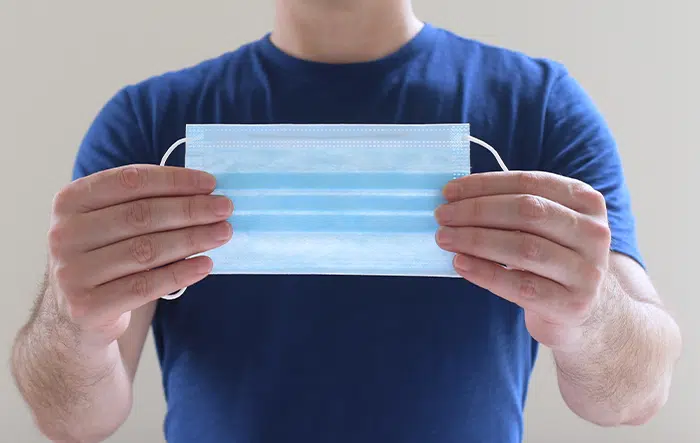
Those extreme circumstances? You’ve probably seen them in media before when doctors and scientists suit up in full hazmat gear: a highly contagious disease.
The purpose of masks for COVID-19, in particular, is not necessarily to protect you from other people in the environment. Most masks don’t filter the air enough to filter out disease. However, they filter particles of moisture that carry that disease. More importantly, they filter it immediately upon leaving your mouth, trapping it in your mask. This protects the people around you from you, in case you’re carrying the disease and don’t have symptoms to know to isolate.
Unfortunately, there’s a lot of rhetoric that plays on the selfishness of some people and has led to pushback against masks.
- “The virus particle is too small to be filtered by masks.” This is true, but the moisture particles are what you’re filtering, not the virus itself.
- “Masks don’t protect you, so why wear them?” Masks protect others from you. If everyone around you wears a mask, you are protected from them, and you wear a mask to keep others safe.
- “The rules keep changing; how do we know what to believe?” As we learn more about how the virus works, of course, recommendations change. Look for the most recent information.
To use a couple of examples. We’re not going to relitigate the entire mask debate, though.
There’s also a whole extra dimension added to the discussion when you consider vaccination. We’ll set that aside for now.
Why You Might Not Want to Wear a Mask
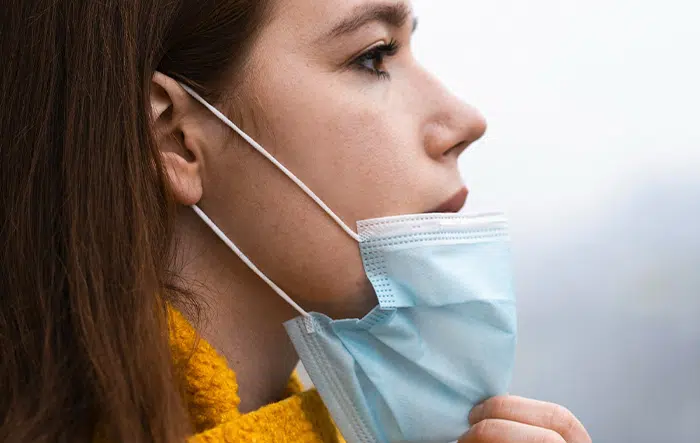
There are quite a few reasons that people have to not wear masks. Some of them are good, and others are not.
Do Face Shields Work?
You’ve probably seen a few people around wearing face shields instead of masks. The question is, do they even work?
Face shields form a barrier between your face and the environment, but not between you and the air. This is a rather important distinction.
Face shields can protect you from, for example, flying debris, splattering liquid, or other impacts. They are used in situations where your eyes need protection and where splattering fluids entering your eyes might cause a problem.
The trouble with face shields for something like COVID-19 is that the air itself is the danger. Face shields don’t filter the air you breathe in any way, either entering you or leaving you. They don’t protect others from you, and they don’t protect you from others. If you think about it in terms of wildfire smoke, you can see what we mean; a face shield could protect you from stray embers or bits of soot, but you’re still breathing smoky air with all of the toxic particles it contains.
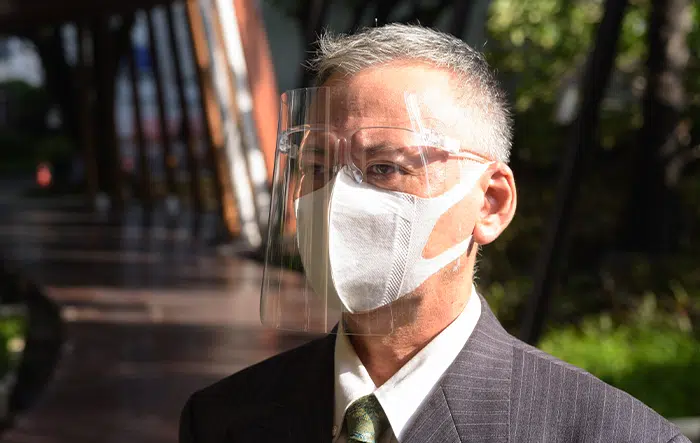
Some old studies on non-COVID-19 diseases like influenza indicate that face shields can be effective. However, the flu isn’t nearly as airborne or as contagious as COVID-19, so the studies aren’t entirely applicable. On the other hand:
“During a hotel outbreak in Switzerland, for instance, several employees and a guest who tested positive for the coronavirus were wearing only face shields (with no masks); those who wore masks were not infected.” – New York Times.
The truth is, there’s not much reason to believe that face shields are all that effective. They may provide some small amount of protection from someone coughing directly at you, but if you’re spending time in an enclosed building with poor circulation or in a small room with others (like a classroom), they aren’t going to do very much.
CDC Recommendations
It should come as no surprise that the CDC recommends masks over face shields. Specifically:
“CDC does not recommend using face shields or goggles as a substitute for masks. Goggles or other eye protection may be used in addition to a mask. Do NOT put a plastic face shield (or a mask) on newborns or infants.
Face shields and goggles are primarily used to protect the eyes of the person wearing them. Goggles do not cover the nose and mouth. Face shields are not as effective at protecting you or the people around you from respiratory droplets. Face shields have large gaps below and alongside the face, where your respiratory droplets may escape and reach others around you and will not protect you from respiratory droplets from others.” – CDC.

The CDC’s recommendations for mask usage reflect vaccination for the moment.
- If you are outdoors, you generally do not need to wear a mask. Air circulation is enough to protect you, as long as you’re not packed in a tight crowd. Social distancing rules apply.
- People who are not vaccinated should continue to wear masks.
- People who are immunocompromised should continue to wear masks.
- People who are fully vaccinated should still wear masks in crowded indoor settings or in an area of high transmission.
Because of the highly contagious Delta variant and the still-incomplete vaccination levels across the country, rules tend to vary. You can read the full CDC recommendations on these pages:
Yes, it’s tricky to navigate all of this information. There’s also social pressure to either wear masks unnecessarily or not wear them when you should. It’s a tough situation, and a lot of it comes down to what you feel comfortable doing when taken in context with other protective measures you’ve taken.
Governmental Regulations and Mandates
The federal government has been distressingly silent on the actions they really should have taken to proactively manage the disease. As such, there’s very little in terms of federal-level regulations for mask usage. The government largely leaves the decision up to the CDC to put out recommendations and state-level governments to put out actual regulations. Unfortunately, this means that every state – and in some cases, county and city-level governments – have their own regulations, occasionally directly contradicting one another.
If you’re concerned about your local area, do this:
- Check your state government’s website to see what their guidelines are.
- Check your county government’s website to see if they have additional guidelines.
- Check your city government’s website to see if they have additional guidelines.

If you’re considering traveling across state lines, it can be worthwhile to investigate the regulations and mandates in effect in the area you’ll be visiting. This resource, from Littler, is an up-to-date compilation of state-level regulations, along with federal guidelines. It does not compile county or city-level regulations, however, so you’ll want to do a little more digging.
In general, you can usually assume that wearing a mask is not going to get you punished outside of extreme circumstances. Some people might harass you over it, and there are fringe cases like Texas trying to enforce mask bans in schools, but these are situations you aren’t likely to find yourself in without already being aware of them.
Unfortunately, many of these authorities aren’t going to talk about face shields, just masks. Usually, face shields are not considered an adequate substitute for a mask. You may need an augmented face shield that has cloth forming a barrier around it (like a beekeeper helmet, in a way), or wear a mask under the face shield. Again, though, this can vary from state to state and locale to locale.
Business Rules
The final set of rules you’ll want to look into is the rules imposed by any businesses or venues you intend to visit. Stores, restaurants, and other facilities all have their own regulations. Typically, these fall into four groups:
- Strict. Strict mask-wearing is often enforced in locations where the current spread of COVID-19 is high or where there’s a concentration of immunocompromised individuals. Medical facilities, nursing homes, and other such facilities have strict rules, generally speaking.
- Moderate. Moderate mask mandates are the most common right now. These often request masks for anyone who is partially or unvaccinated, for children, and for the immunocompromised, but will allow vaccinated people to operate without a mask. They may, however, ask for proof of vaccination.
- Relaxed. Relaxed mask mandates may not require proof of vaccination or may not require masks at all outside of certain circumstances. A restaurant, for example, might be fine with no masks so long as people are eating, even though the virus doesn’t wait for you to finish first.
- Anti-mask. Occasionally, you might run into a business that bans masks on their premises. It’s up to you whether or not you want to patronize such a business. You can likely assume that the staff, owners, and clientele are not vaccinated and adjust your risk tolerance accordingly.
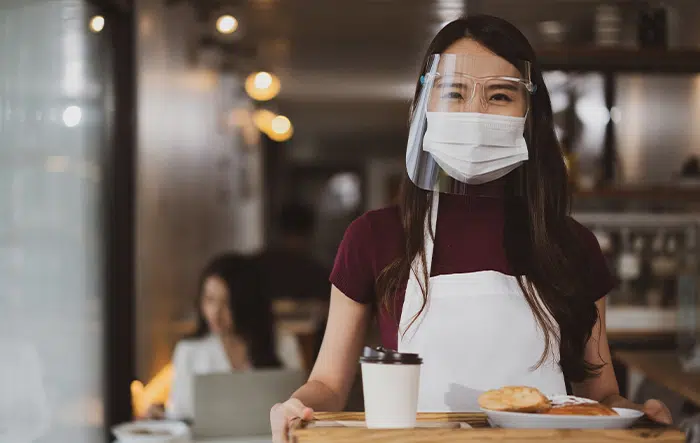
Businesses, like governments, often don’t mention face shields. Strict venues like medical facilities will usually specify that face shields are not adequate on their own and will require sufficient masks.
The Simple Answer
So, is a face shield an acceptable replacement for a mask?
The simple answer is no. There are very few cases where a face shield is acceptable, and generally, those cases require wearing a mask underneath it. In a way, you can think of a face shield as a second barrier to protect your eyes and to protect you from direct coughs and sneezes, rather than a replacement for a mask. That’s really all they’ve ever been good for, so their adoption as a mask alternative is a strange one.
If you’re looking for a comfortable mask to wear, whether you’re wearing it beneath a face shield or just want a good mask, the MyAir mask is tried and tested. It includes replaceable filters that are on par with N95s and are better than the majority of the cloth masks you see on the market today. Plus, they’re comfortable, easy to clean, and durable for long-term use. What more could you ask for?

If you have any additional comments, questions, or concerns regarding face shields, the MyAir mask, or similar, feel free to reach out at any time!
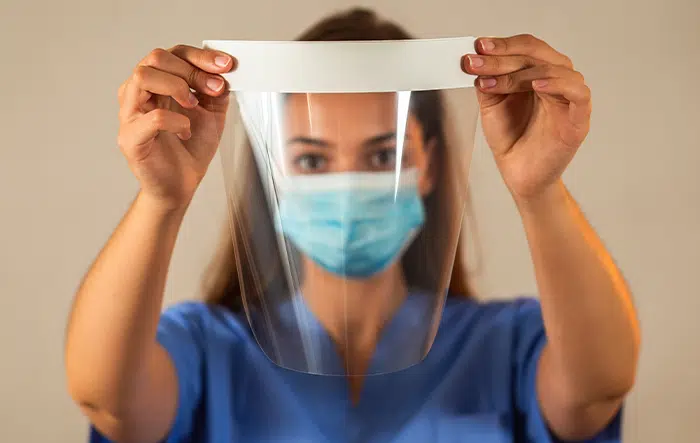
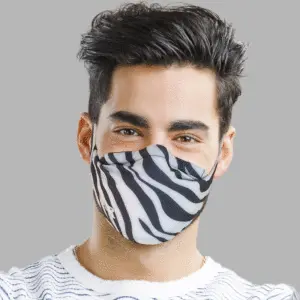
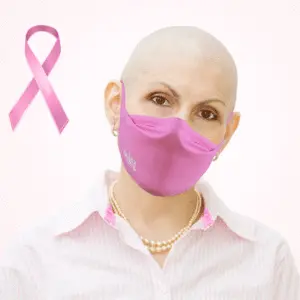

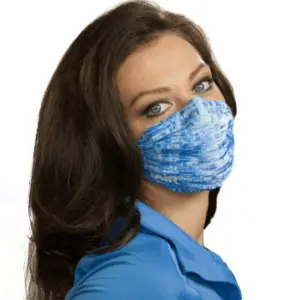
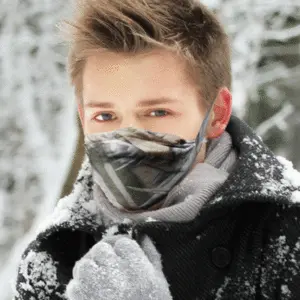
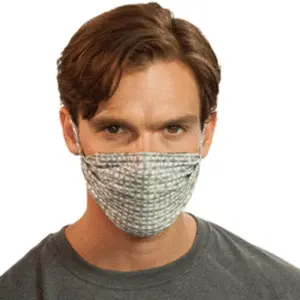
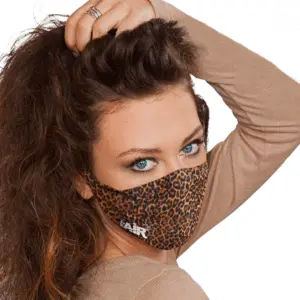
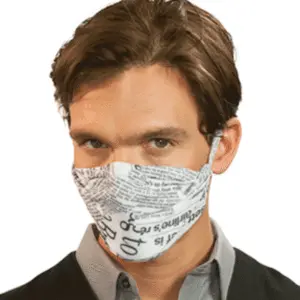



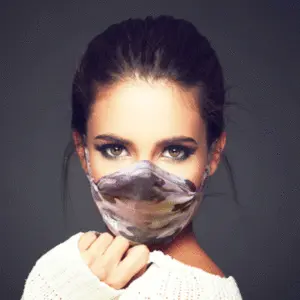
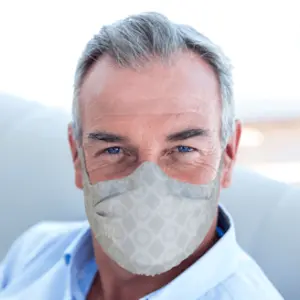
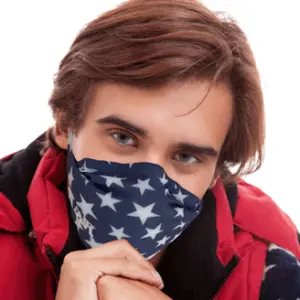

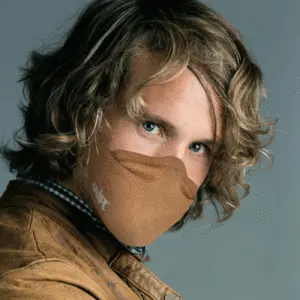

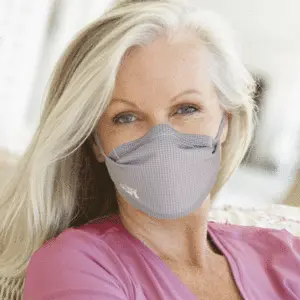
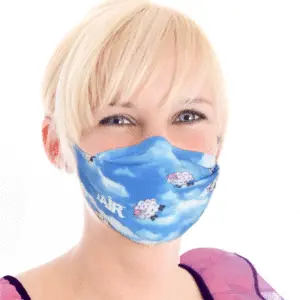
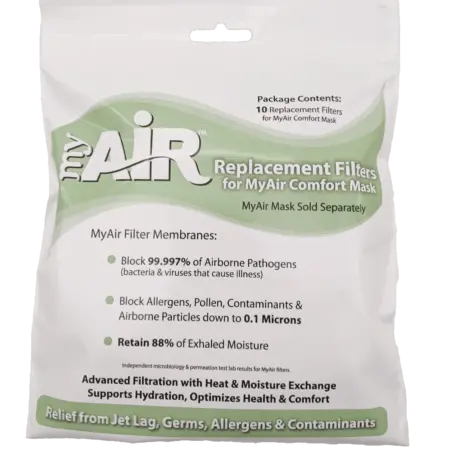
0 Comments